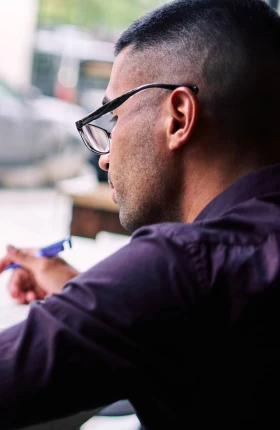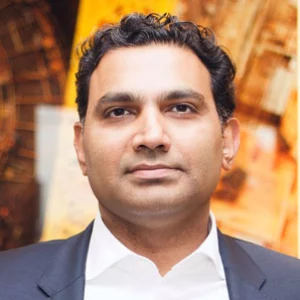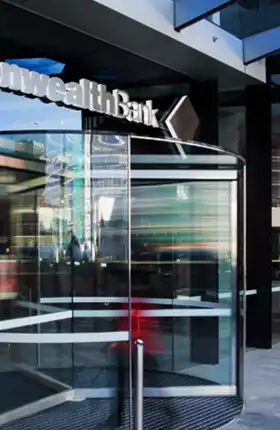Our Approach to Blockchain
By removing intermediaries, automating processes, and creating trust and transparency when it comes to shared data, blockchain unlocks value. Capturing that value requires business model innovation, operational efficiency, risk management, and social impact. The possibilities are boundless—but before organizations can seize them, they need to answer some key questions:
- Should we create our own blockchain solution or work with existing solutions or players?
- If we build our own solution, will it require an ecosystem of other participants to succeed? If so, how do we ensure that enough value is shared to make the journey self-funding for everyone?
- How do we build and launch our solution? Specifically: What technology stack is needed? What features are critical to creating scale? How do we go to market?
These are not easy questions, especially when the technology itself is complex—and unfamiliar ground for many leaders in business and the public sector. BCG not only helps organizations answer these questions but supports them through the full journey. We do so by distilling that journey into a unique and proven four-step process:
- Blockchain Workshop. We typically launch our blockchain consulting efforts with an educational workshop, bringing together senior leaders and industry experts. Participants learn what blockchain technology is and—through relevant case studies—where it is useful. Together we start to identify industry opportunities and considerations relevant to your business.
- Innovation Sprints. Participants take a closer look at the most promising opportunities and the best ways to engage in a blockchain strategy. We help organizations identify, prioritize, and evaluate potential use cases based on business value, risk, and difficulty. We also evaluate different approaches to execution: building in-house, leveraging third-party solutions, and joining existing consortia. Strategy teams and business unit leaders work together to develop an economic model and then an implementation plan for each major use case.
- Development of a Blockchain Proof of Concept. The third phase tests and demonstrates the feasibility of a blockchain-based approach. We help organizations identify and evaluate the implementation platform and architecture best suited to the chosen use case (or cases). Business unit leaders develop a blockchain concept that is tested for its market fit, likely customer acceptance, and competitive viability. Teams engage in rapid iterations—combining early customer testing with market research—to build solutions and pilot them quickly.
- Blockchain Commercialization. We work with business unit leaders to develop a blockchain solution, a detailed execution and ecosystem development strategy, and a rollout implementation plan and timeline. Our solution, though comprehensive, is an MVP—minimum viable product—version that is intended for rapid deployment, testing, and adjustment. We also adjust the to fit the organization’s overall innovation strategy, provide robust go-to-market capabilities, and assist with customer onboarding and pricing.
Our Blockchain Consulting Work with Clients
Explore Our Insights on Blockchain












